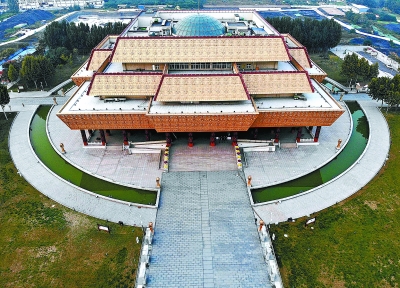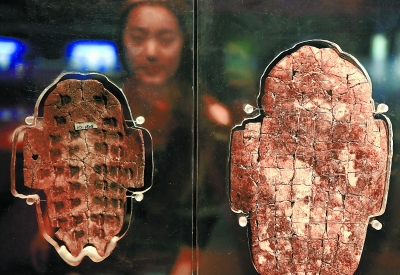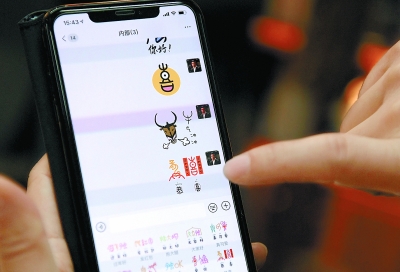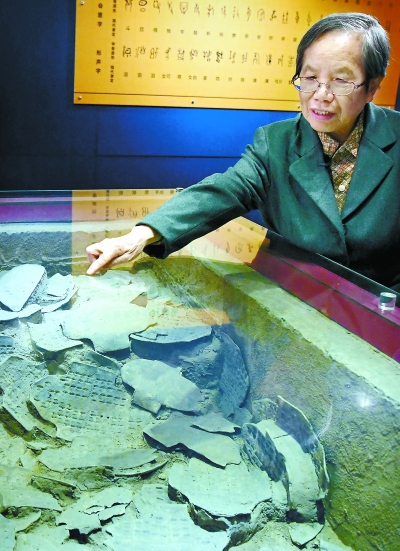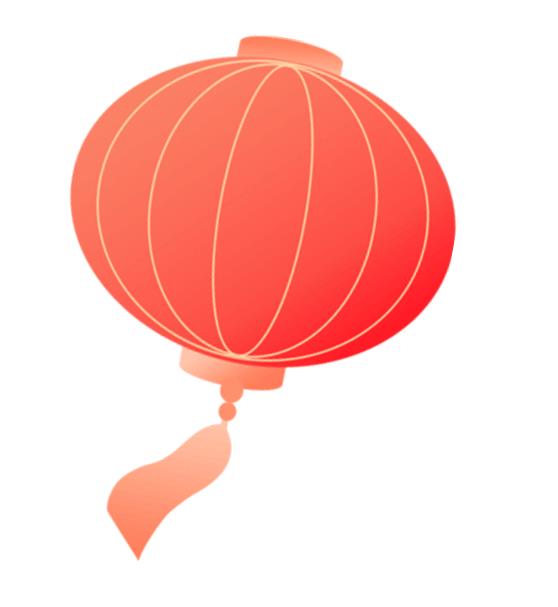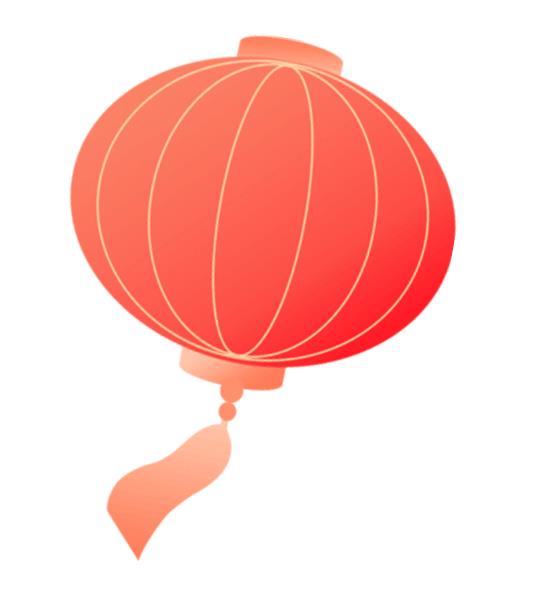Take the goods live from Li Jiaqi and analyze the value of the supply chain behind it.
Live delivery is not an independent delivery channel. After layer-by-layer analysis, we can find that there is actually a complete supply chain model behind live delivery. Looking at other industries, we will find that the supply chain plays an incomparable role in the industry.

“Oh my god!”
"Buy it! Buy it! Buy it! "
Li Jiaqi, who just graduated from university in 2015, is still a BA (shopping guide) of L ‘Oré al Nanchang. Perhaps he didn’t expect that Taobao’s Double Eleven live broadcast could bring more than 1 billion goods five years later.
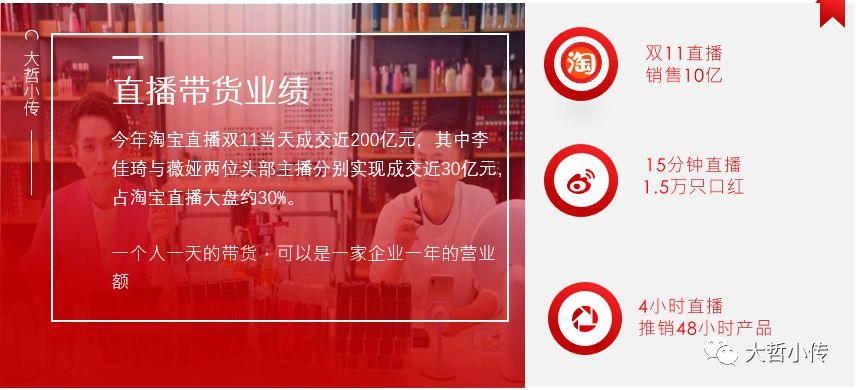
At first, many people thought that the live broadcast with goods was just the TV shopping when I was a child and moved to the Internet, which completely underestimated the economy of live broadcast with goods. During the "Double Eleven" in 2019, live delivery became an important growth point.
According to the statistics of Kaidu Consulting, during the Double Eleven in 2019, 90% of brands started live broadcasting, and the number of broadcasting businesses increased by more than 200% year-on-year. According to the "2019 Taobao Live Ecological Development Trend Report" released by Taobao List and Taobao Live,In 2018, the Taobao live broadcast platform brought hundreds of billions of goods, with a year-on-year growth rate of nearly 400%.
In addition, according to data released by Alibaba, in FY 2019, 50% of Tmall merchants used real-time streaming media to interact with users, resulting in a total turnover of more than 100 billion yuan.At present, the live broadcast of goods is that the anchor and fans form community marketing, and then the fans’ needs are directly passed on to the manufacturers, which is essentially different from TV shopping..
Since 2019, more and more people have participated in the game of live delivery. A top anchor like Viya has her own factory and cooperates with more than 40 factories, some of which deliver an average of 20,000 orders for Viya every day, but this is only a part of all her clothing orders.
In the face of huge economic benefits, the live broadcast supply chain has also formed a new species of supply chain system. The live broadcast supply chain has as many as 10 modes, including brand collection mode, factory production mode and boutique combination mode.
In Hangzhou, Guangzhou and other coastal areas, as long as there is a large enough warehouse, part of it is used as a live exhibition room, and then the goods selection area, the exhibition area and even the warehouse are separated in turn, thus satisfying the three elements of "people, goods and fields" in retail.Such a "supply chain base" is being rapidly replicated in the anchor. Closer to the goods, closer to the anchor, that is closer to the needs of consumers.
Compared with the traditional supply chain model, online celebrity, as the demand (shopping guide) end, is directly connected with the production end of products, eliminating the carrier of retailers. The original clothing wholesale business was disrupted by these "supply chain bases" brought by the anchors.
Zhejiang is a traditional distribution center for small commodities and clothing wholesale. Traditional clothing processing has always been the depth of the supply chain, which means that one style produces thousands of pieces, and it is enough to produce several such explosions in a season. And an anchor like Viya, the factory makes 30,000 pairs of jeans a day, and they sell them out in one night. The change of consumers’ shopping style directly affects the response speed of supply chain, the delivery speed of logistics and the digestion cycle of inventory. If the new model is not sold out in one month, it may be unsalable.
Supported by huge traffic nodes and driven by live broadcast, network anchors integrate consumers, e-commerce platforms, suppliers, factories, brands and online celebrity institutions (MCN) together, forming a huge supply chain network system, which is mutually cooperative and fast iterative.
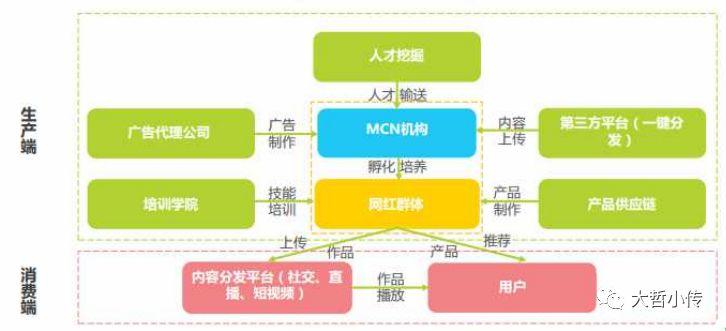
This is the value brought by the supply chain with live broadcast to e-commerce, but the live broadcast supply chain is only a new species of the traditional supply chain. Supply chain management means that the operation of the supply chain is optimized, and the supply chain is made from the beginning of procurement to the satisfaction of the end customers at the least cost.
In the traditional supply chain process, there is a carrier (retail company) to purchase goods (source) from the source of production in advance, put them in the warehouse, and deliver and reorder according to the needs of customers. If you can, you can imagine that the simplest supply chain is the canteen downstairs in the community.

However, if the products are enlarged, for example, there are 80,000 SKUs (product bar codes) and 2,000 stores, then this is not a simple matter, and an extremely complex and systematic supply chain management system is needed.Apple, which has no production line, can get 58.5% profit from every iPhone it sells.It is no exaggeration to say that supply chain management, like product research and development, is a value chain gold mine for enterprises.
At the shareholders’ meeting of Hailan House in April, 2019, Zhou Jianping, the chairman of the board, clashed with the shareholders attending the meeting. The fuse was that investors questioned the high inventory of Hailan House. By the end of 2018,The inventory of Hailan House is 9.47 billion yuan, equivalent to three times the annual profit, up 980 million yuan from the end of last year and up 11.55% year-on-year..
In fact, this situation is not unique to Hailan House. Statistics show that as of September 30, 2018, among the 85 A-share textile and garment enterprises, 81 had an inventory of over 100 million yuan and 20 had an inventory of over 1 billion yuan.The total inventory of 85 textile and garment enterprises is as high as 98.564 billion yuan, which is higher than their total net profit of 17.251 billion yuan, and the inventory of almost all enterprises is much higher than their net profit.. High inventory is like the sword of Damocles hanging high, which will fall at any time and put the enterprise to death.
It can be said that whoever solves the problem of high inventory and reduces the inventory of enterprises is creating huge profits for enterprises.
Starbucks has more than 16,700 retail stores in 51 countries around the world, and about 5 million customers come to spend money every week.
In the early 1990s, Starbucks just went public, raised capital, and opened more than 1,000 stores in the United States in just 5-6 years. At the same time, the whole planning and supply system is still manual, and stores and buyers communicate with each other by calling from a distance through voice messages.
From the sales of one hundred million dollars to 700 million dollars, on the one hand, stores and businesses are developing rapidly, and on the other hand, manual and traditional communication methods are used. It is really common for stores to lack beans.
In this extraordinary period, Starbucks really survived with the unusual passion of its employees. Once the beans in any store were in a hurry, the manager of the nearby store grabbed a bag of bean human flesh and drove it over.
Tim Duffy, then head of Starbucks’ supply chain system, said:
"When you have more than 2,000 stores, we can’t send beans back and forth with 2,000 human flesh express."
Therefore, since 1995, Starbucks decided to upgrade the whole supply chain system, involving the end-to-end planning of the whole supply chain information system, from planning and forecasting to capacity management, production control, order execution, warehouse and distribution system, database management and transportation management.
Finally, Starbucks established a global coordinated supply chain. Starbucks has to go through 24 hands from coffee beans from all continents to a cup of ground coffee. Starbucks has implemented a complete evaluation system and database for suppliers, which can accurately evaluate the performance of each supplier and use the demand forecasting system to predict the replenishment of coffee in stores.
A strong supply chain supports the expansion of Starbucks. In 1999, Starbucks opened its first store in Beijing International Trade Center. By 2019, Starbucks had opened 4,100 stores in 168 cities.
It can be said that without strong supply chain support, there would be no Starbucks today..
On April 12, 2018, Liu Qiangdong said, "JD.COM is not an e-commerce company. We are a company that uses technology to build supply chain services, and we use technology to provide supply chain services for our brands! This is why we have spent more than ten years investing in building a logistics system. "
In 2017, the scale of online retail in the United States was less than $500 billion, while that in China exceeded $1.1 trillion. The largest retail company in the United States is not Amazon, but Wal-Mart, and even by 2017, the proportion of online retail will be about 8%. China, on the other hand, is a different story. The largest retailer is JD.COM, and the proportion of online retailing exceeds 16%, almost double that of the United States.
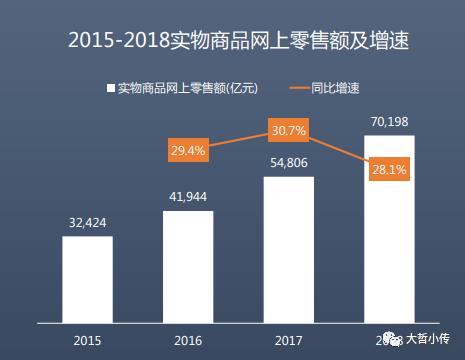
Wal-Mart is known as a supermarket for the poor, because it has established a global supply chain and logistics system, and goods can go directly from factories to stores, and then directly to final consumers. However, the goods bought by domestic consumers are constantly spread to the terminal stores by the brand through the first-class agents, and the price increase and logistics cost of intermediate transfer are finally reflected in the commodity price, and the user pays the bill.
In addition to its own self-operated e-commerce business, JD.COM has quickly transformed itself into the retail infrastructure of China through its supply chain and logistics advantages built over the past ten years. So now supermarkets, restaurants and pharmacies in any city in China can be delivered to consumers through Jingdong Logistics.
Today, with big data and cloud computing, the combination of data and supply chain will make JD.COM a smart supply chain.
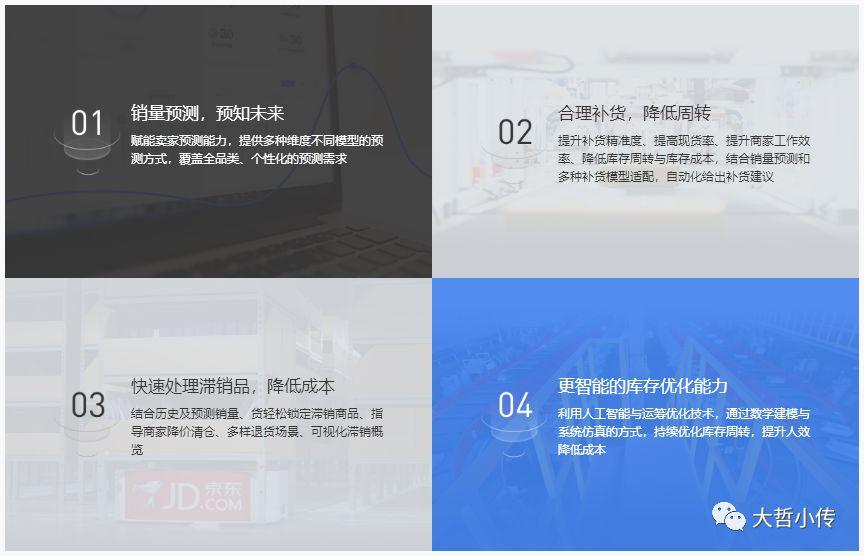
Smart supply chain makes the comprehensive expense ratio of self-operated retail in JD.COM less than 10%. What is this concept?At present, there are only a few two or three companies in the world that can achieve a comprehensive expense ratio of 10%. One of them is Costco of the United States, and its expense ratio is less than 10%.It can achieve a good profit with a gross profit margin of 11-12%. And most of our retailers in China and all over the world need more than 20% to make a profit, that is, the cost is about 15% to 20%.
What is the measure of our supply chain efficiency? Today, JD.COM manages more than 500 logistics centers in China alone, and the number of our products in the warehouse is close to 5 million, while our traditional retailers generally manage 150,000 SKUs. The management difficulty of 5 million SKUs is not 30 times that of 150,000 SKUs, but may be 300 times. It is not a linear increase, but an increase in geometric index. It can be said that Liu Qiangdong is right, and JD.COM is a technology supply chain company.
The cost of socialized supply chain in our country accounts for about 18% of GDP.This is the figure in 2016, but Europe and the United States are only about 7% to 8%, and Japan can achieve 5% to 6%. Our country has a huge manufacturing industry and a large number of brand owners. Everyone has worked hard to do business, and the quality of goods is good. The gross profit margin looks high, but the result is that they don’t make money, and they are all wasted and lost by inefficient supply chains.
The GDP growth of China in 2019 is 6.1%. It is foreseeable that this incremental curve will become smoother and smoother, and it will be difficult for enterprises to make money. To survive in the fierce competition, it is the product and operating costs.
Whoever does a good job in the supply chain is saving costs for enterprises, saving costs for enterprises and increasing profits for enterprises.
And this is the value brought by the supply chain.
This article was originally published by @explorer. Everyone is a product manager. Reprinting is prohibited without permission.
The title map comes from Unsplash and is based on CC0 protocol.

